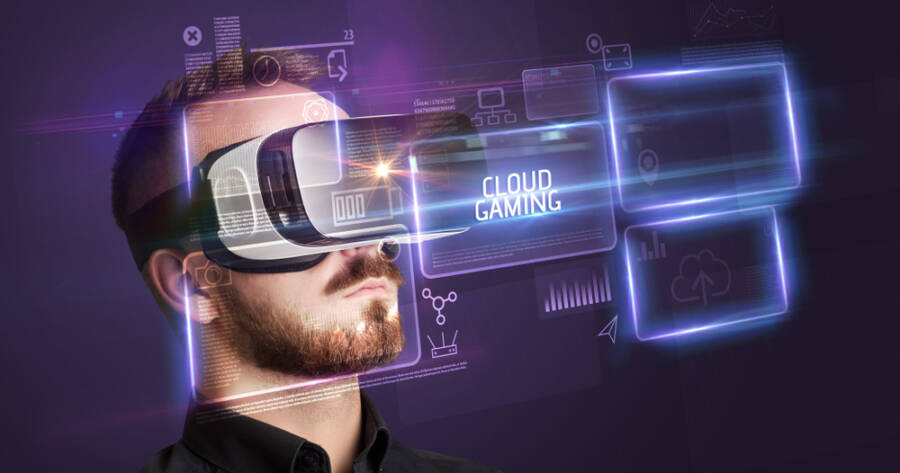Gaming has come a long way, evolving from bulky cartridges and physical discs to fully digital experiences. Now, cloud gaming is pushing the industry even further, promising high-quality gameplay without the need for expensive hardware. Instead of purchasing a high-end console or PC, players can stream their favorite games on any device with an internet connection. But is cloud gaming ready to replace traditional consoles, or does it still have limitations that make dedicated hardware the better choice?
How Cloud Gaming Works
Cloud gaming eliminates the need for powerful local hardware by running games on remote servers and streaming the experience directly to the player’s device. Instead of downloading and installing large game files, players access games instantly through services like Xbox Cloud Gaming, NVIDIA GeForce Now, PlayStation Plus Premium, and Amazon Luna.
The concept is similar to Netflix or Spotify—just as you stream movies and music without owning physical copies, cloud gaming allows you to play without needing a gaming PC or console. All the processing happens in data centers, and the game is delivered to your screen in real-time. This means any device, from smartphones to smart TVs, can turn into a gaming system.
The Advantages of Cloud Gaming
Play Anywhere, Anytime
One of the biggest perks of cloud gaming is flexibility. Whether you’re at home, traveling, or waiting at a coffee shop, you can access your favorite games as long as you have a stable internet connection. With mobile support and browser-based access, gaming is no longer tied to a specific console or PC.
No Expensive Hardware Required
Buying a next-gen console or high-end gaming PC can cost hundreds—sometimes thousands—of dollars. Cloud gaming eliminates that expense by letting you play on existing devices, such as laptops, tablets, or even smart TVs. As long as your internet connection is strong, you can experience high-quality gaming without investing in costly upgrades.
Instant Access to Games
With cloud gaming, there’s no need to wait for downloads, installations, or updates. Games are ready to play instantly, saving time and avoiding the frustration of lengthy patches or storage space issues. This makes it easier than ever to jump into a game without interruptions.
The Challenges Holding Cloud Gaming Back
Internet Speed and Latency
The biggest hurdle for cloud gaming is latency—the delay between pressing a button and seeing the action on-screen. Since games are streamed in real-time, a slow or unstable internet connection can result in lag, input delay, or even disconnects. While some services offer lower latency modes, cloud gaming still relies heavily on a fast and consistent internet connection.
Limited Game Libraries
Although cloud gaming services offer a wide range of titles, they don’t yet match the full libraries available on traditional platforms. Some publishers hesitate to make their games available on cloud services due to licensing and performance concerns. If you’re looking for a specific title, you may still need to buy or download it through a traditional system.
Ownership and Subscription Costs
With cloud gaming, you don’t technically own the games you play—you’re streaming them from a service that could remove or alter its catalog at any time. Additionally, many cloud platforms operate on a subscription model, meaning you must pay regularly to access their content. While this can be more affordable than buying individual games, it does mean long-term costs add up.
Is It Time to Ditch Your Console?
Cloud gaming is making huge strides, offering convenience and affordability for gamers who want instant access to their favorite titles without investing in expensive hardware. However, traditional consoles still provide the best experience in terms of game ownership, performance stability, and offline play.
For casual gamers or those who prefer flexibility, cloud gaming is an excellent option. But for dedicated players who demand the best graphics, fastest response times, and the ability to own their games outright, traditional consoles remain the top choice. Whether cloud gaming will fully replace consoles in the future is still uncertain, but one thing is clear—it’s reshaping the gaming landscape in ways that can’t be ignored.

